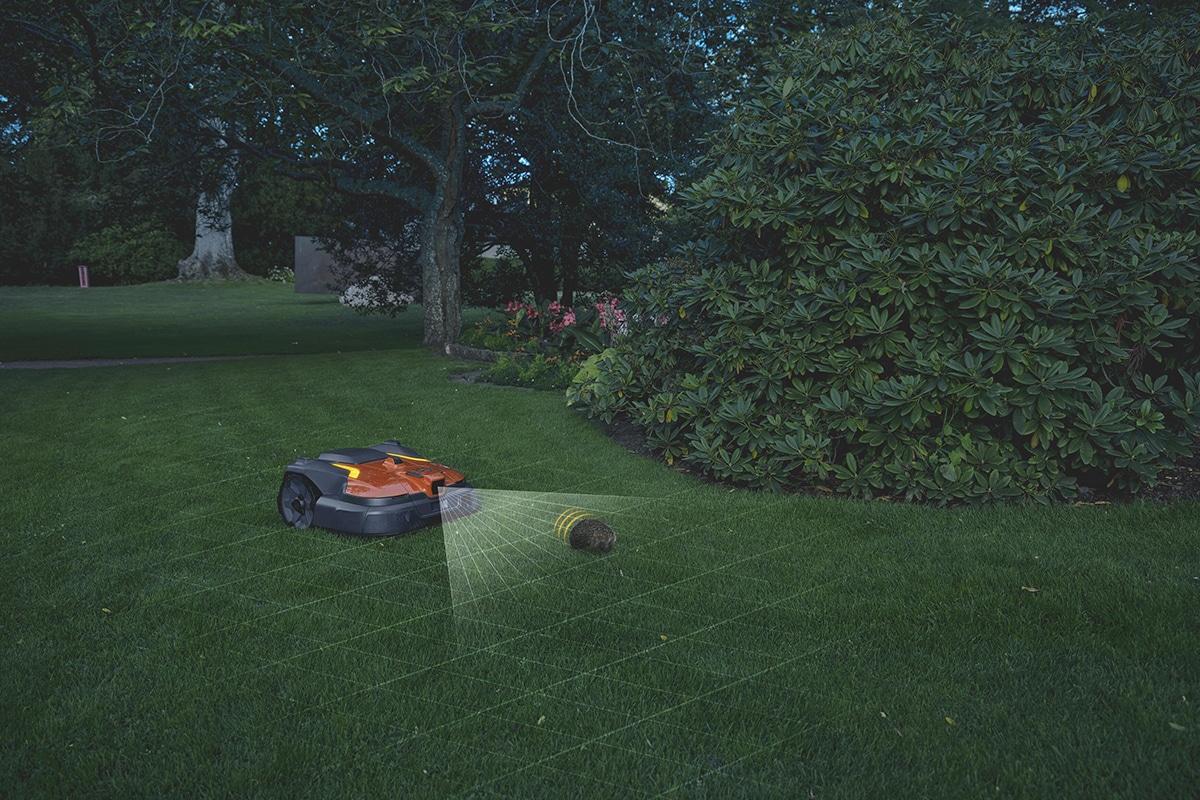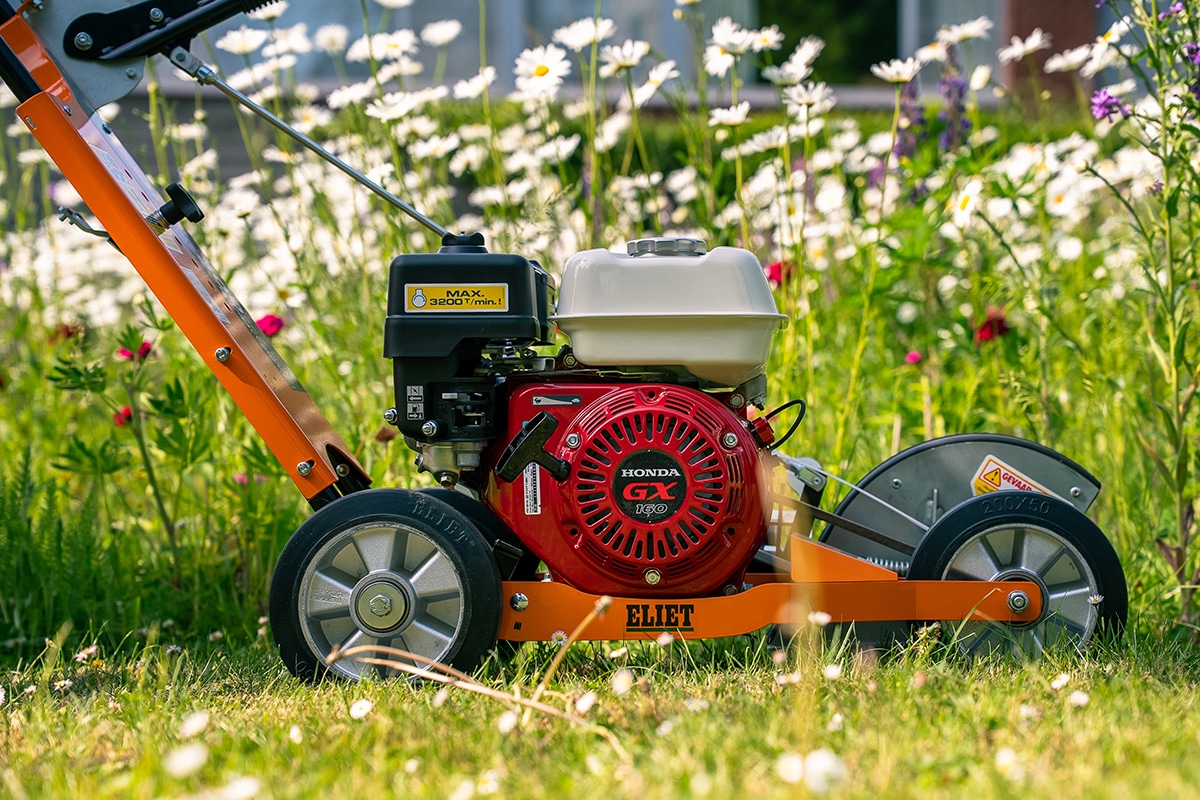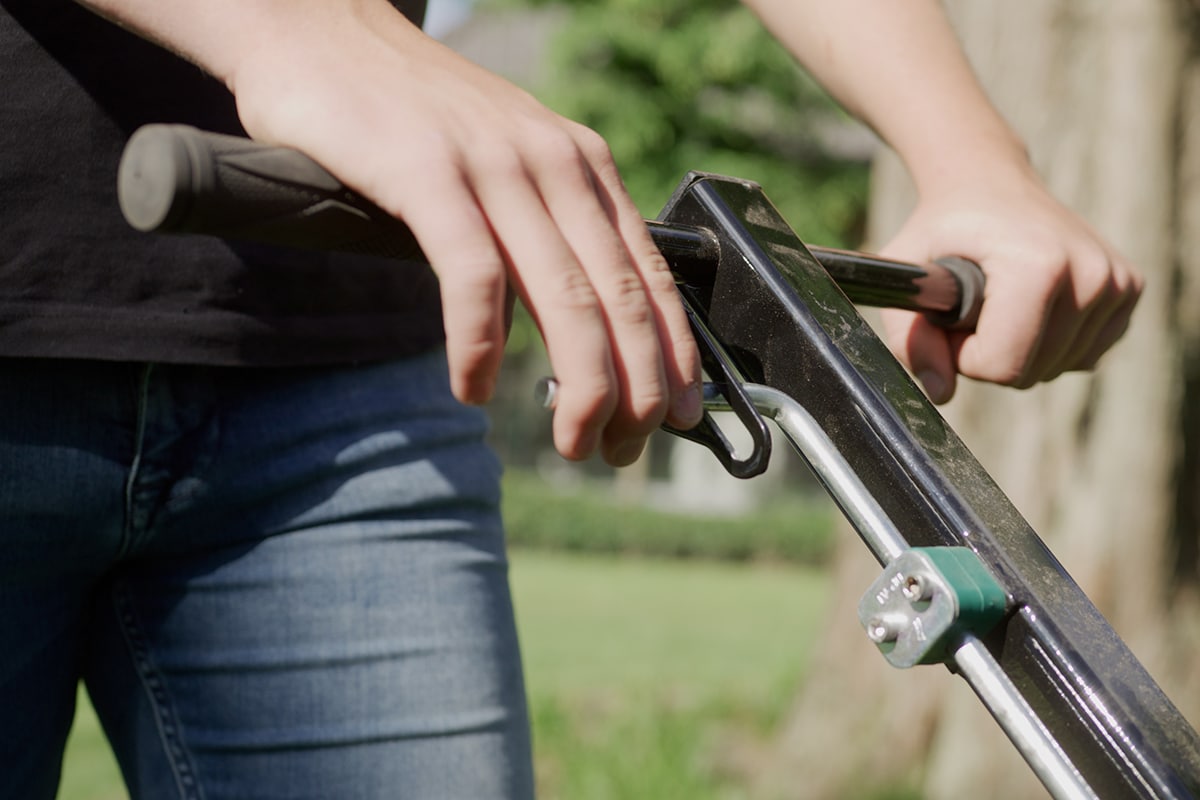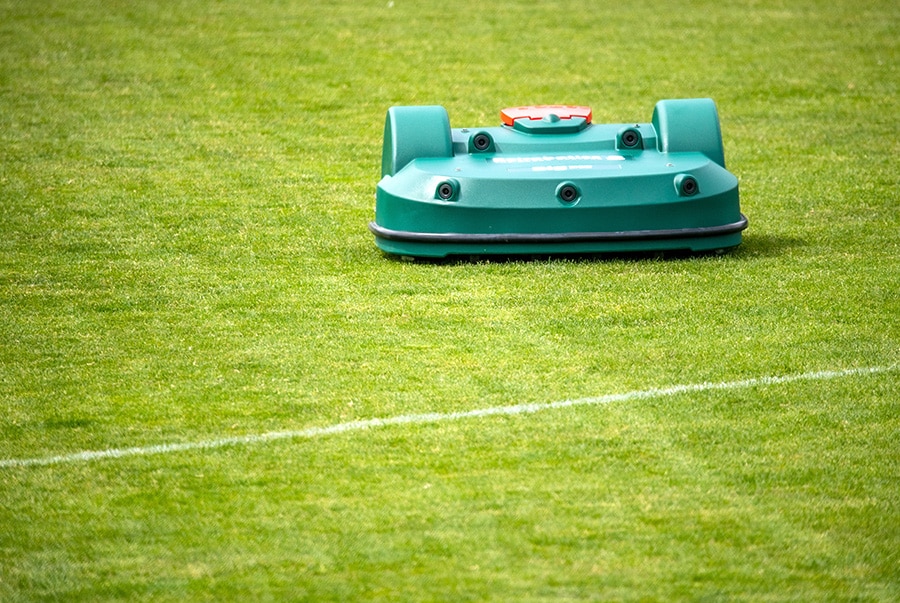
Mowing down to the millimeter for a denser, greener lawn
Preserving the beauty of a sports lawn
The advent of robotic mowers several years ago already significantly eased the task of groundsmen and greenkeepers. The ongoing development of technology makes it even easier to manage sports turf maintenance and simplify mowing on a daily basis as much as possible thanks to advanced plant management, the addition of extra features and increasingly powerful software versions. Rachid Rabhi, managing director of Berobot, highlights some aspects of this automated approach to the maintenance of large sports fields, during a conversation at the edge of one of Royal Union Lasne Ohain's soccer fields.
Let's start with the obvious: maintaining a sports field is not an easy task and presents many challenges on a daily basis. Alternating periods of heat wave, drought and rain make it very difficult to plan work and manage watering and sprinkling. In addition, the utilization of a sports field has also become more intense, with the league season getting longer and longer, meaning more frequent training and sporting events. This puts even more strain on the turf. In this context of more intensive use, mowing this large grass field is even more important.
Rachid Rabhi: "I have been working in the parks and gardens sector since 1994. In 2004 I started selling garden machinery for gardeners and individuals, and I soon became interested in robotic mowers and the many advantages they offer for small and large areas. And since November 2021, I have concentrated exclusively on autonomous mowing and battery-powered machines, including tractors, mowers and portable tools. With a clear focus on robotic mowers, for small and large areas, up to 7.5 acres, with Belrobotics' RTK technology. For large areas, I still think Belrobotics' robotic mower is the best mower in all respects and the best ally of the groundsman or greenkeeper. Mowing in random mode is precise, immaculate, ecological and fast."
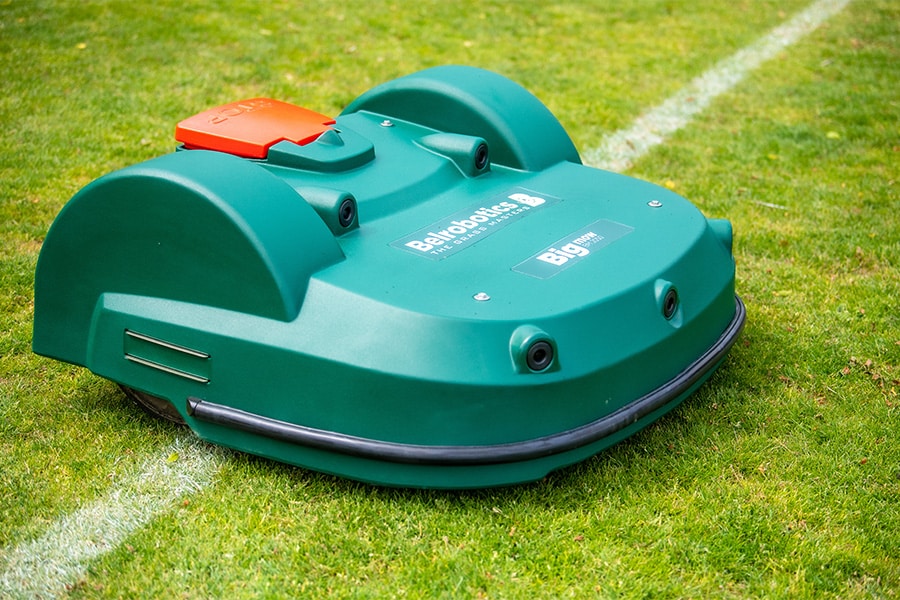
One sports field is not the other
To preserve biodiversity as much as possible, the municipal government is trying to encourage mowing during the day and prohibit mowing at night. "A private lawn is an almost natural habitat, which is highly valued by our friends the hedgehogs. It is a well-known fact that hedgehogs tend to curl up into a ball when they sense danger, rather than flee. So contact with a robotic mower can have disastrous consequences for this small animal, which can suffer serious or even fatal injuries. So I am not in favor of nighttime mowing," says Rachid Rabhi, adding, "While it is true that there are fewer moles and hedgehogs on a sports field, it is good to make sure that the robotic mower works only during the day. "From an environmental point of view, the location of the sports field must also be taken into account. Rachid Rabhi:
"As you can see here, we have two adjacent soccer fields. The first field, which is used for official matches, has no obstacles and does not need a perimeter wire to guide the robotic mower.
However, the second field, the training field, is surrounded by trees, all obstacles that could intercept the GPS signal. Here, the presence of a perimeter wire is indeed necessary. But we use the same base station and the same robotic mower."
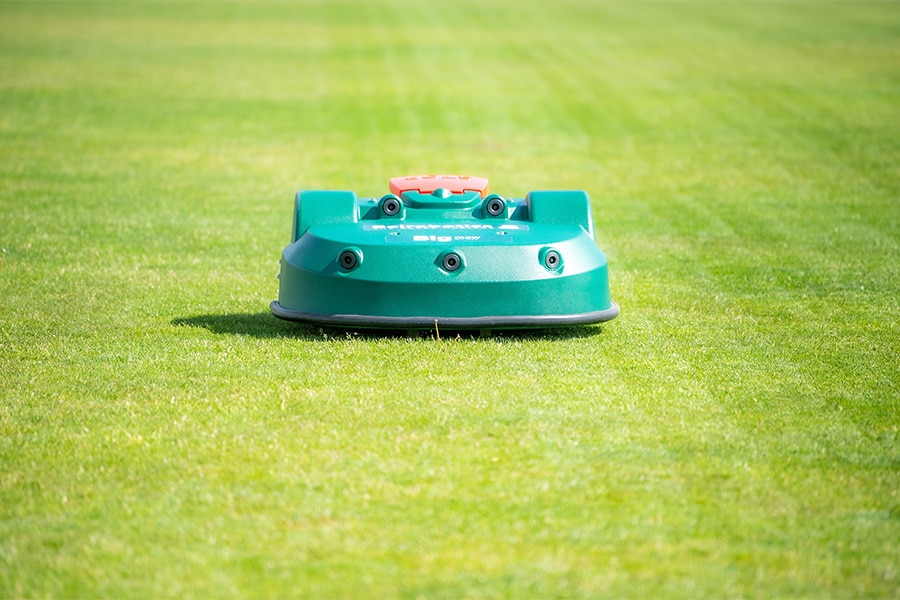
Time and cost savings
Automated management of sports field maintenance, including mowing, saves considerable time. For example, there is no need to mow every day of the week.
"Given the watering of the field, scheduled trainings and matches, the robotic mower only works for a few hours each time. So the maintenance staff can devote themselves to other tasks. Moreover, the maintenance of a robotic mower is much less demanding than that of a large conventional machine.
For example, the cost of replacing blades is only a fraction of the cost of replacing damaged parts on a roller mower or riding mower. It also has the added benefit of mulching the soil, enriching it and reducing nutrient inputs while improving the density of the lawn," concludes Rachid Rabhi.
